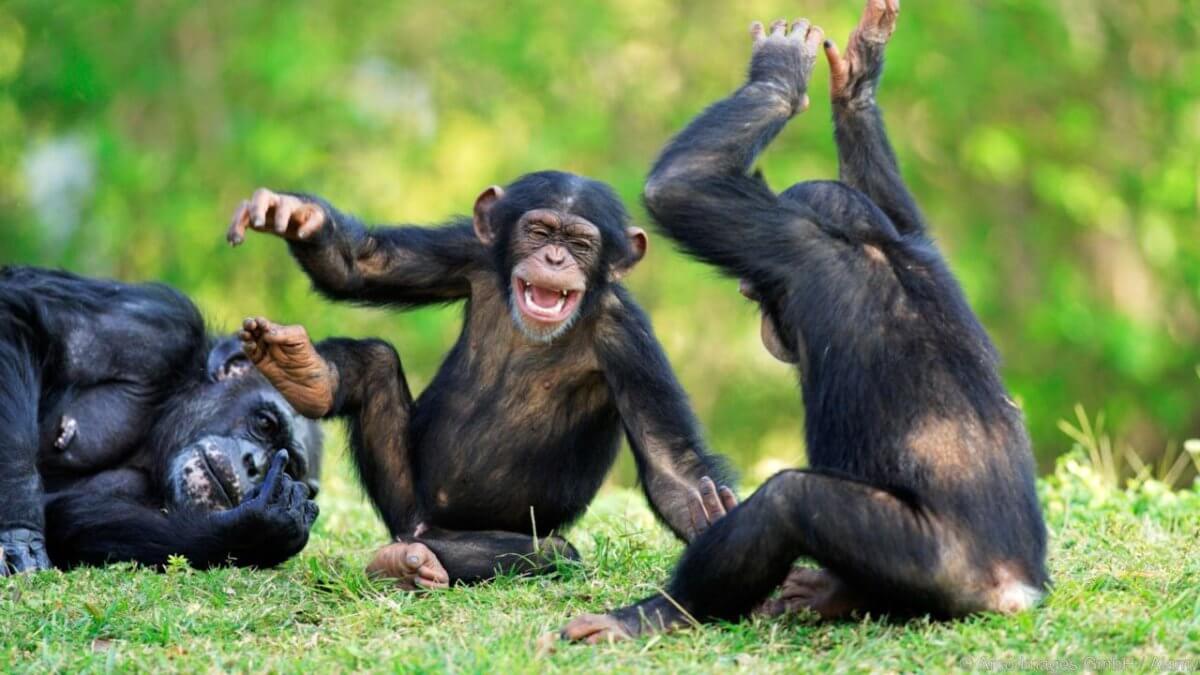When we think of conservation, we often think about protecting the rarest species, the most threatened, or as many different species as possible.
But biodiversity is more than just enhancing this ‘species richness’ – the term conservation biologists use to describe the number of different species present in an area. Biodiversity can also be improved within a single species, which we can describe as ‘cultural biodiversity’.
Culture in animals
While genetic diversity considers the differences between different species, cultural biodiversity is the differences in culture between populations of the same species.
But how do animals have ‘culture’, which is more typically used to describe differences in human populations?
Animals, too, can have different ways of doing things: different ways of accomplishing the same task and much like how humans develop different cultures.
Take how we eat for example. People from Western countries generally use knives and forks to eat their food. In many East Asian countries, chopsticks are predominantly the utensil of choice while In India, people traditionally used their hands.
Just like the human species, different populations of the same animal species have developed different tools to help them eat.
We’ve known for some time that chimpanzees’ and other primate’s ability to use a broad range of tools vary among the various populations across the African continent. Researchers from the Rockefeller University in New York and the University of Zurich claim that chimpanzees in Tai National Park of the Ivory Coast use stone hammers to crack open nuts and use sticks to ‘fish’ for ants and termites. Meanwhile, researchers at the University of Cambridge found that chimpanzees in Tanzania’s Gombe National Park use blades of grass as ‘straws’ to hunt for termites. While the Gombe chimpanzees also use stone tools to remove nuts from their hard shells; they tend to use sticks to remove the remaining kernels instead of pounding the nut further with the hammer, as the Tai chimpanzees do.
Likewise, scientists have also found that different populations of New Caledonian Crows use a range of tools, such as the thorny edges of leaves or twigs, to cut complex shapes into tree hollows to fish out grubs and larvae. Different populations of New Caledonian Crows manufacture these tools in a variety of ways depending on what species of trees are in their surroundings and the twigs and leaves they had at their disposal.
While all chimpanzees and New Caledonian Crows seem to have a pre-disposition for basic tool manipulation, their ability to construct more complex tools, particularly in using one to create or obtain another, is socially taught – passed on from parents to kin. Just as we learn from our seniors, animals cultivate a culture that remains unique to each population and is passed down.
Preserving cultural biodiversity
So why should we preserve cultural biodiversity, on top of having to safeguard ‘species richness’ and biodiversity in general?
Just like cultural diversity in the workplace can lead to greater creativity and innovation, cultural biodiversity of animals can also have economic benefits for humans through ‘ecosystem services’, which are the services that animals provide which support human life. Research has also shown that natural ecosystems are far more effective in providing these ecosystem services than any human-made use of the land could provide.
Enhanced biodiversity in our ecosystems offers ecosystem services which purify our air and water, manage pests and diseases, regulate climate, and decompose waste. While cultural biodiversity does not directly contribute to greater ecosystem services, the cultural biodiversity of different populations of species gives them advantages which aid the survival of a greater number and diversity of species in a range of environments. For example, the unique tools that New Caledonian Crows use to fish for insect larvae are what help them access sources of high-protein food, which helps them grow and ultimately gives them a better chance of survival.
To ensure the survival of these species, the continued delivery of ecosystem services is essential.
Cultural biodiversity plays a key role in enhancing biological diversity and ensures the provision of ecosystem services. Because of this, the preservation of cultural biodiversity within a single species through the protection of separate populations is something that we as humans should seek to protect as much as we would any other rare or threatened species.
We acknowledge the Ngunnawal and Ngambri people, who are the Traditional Custodians of the land on which Woroni, Woroni Radio and Woroni TV are created, edited, published, printed and distributed. We pay our respects to Elders past and present. We acknowledge that the name Woroni was taken from the Wadi Wadi Nation without permission, and we are striving to do better for future reconciliation.
